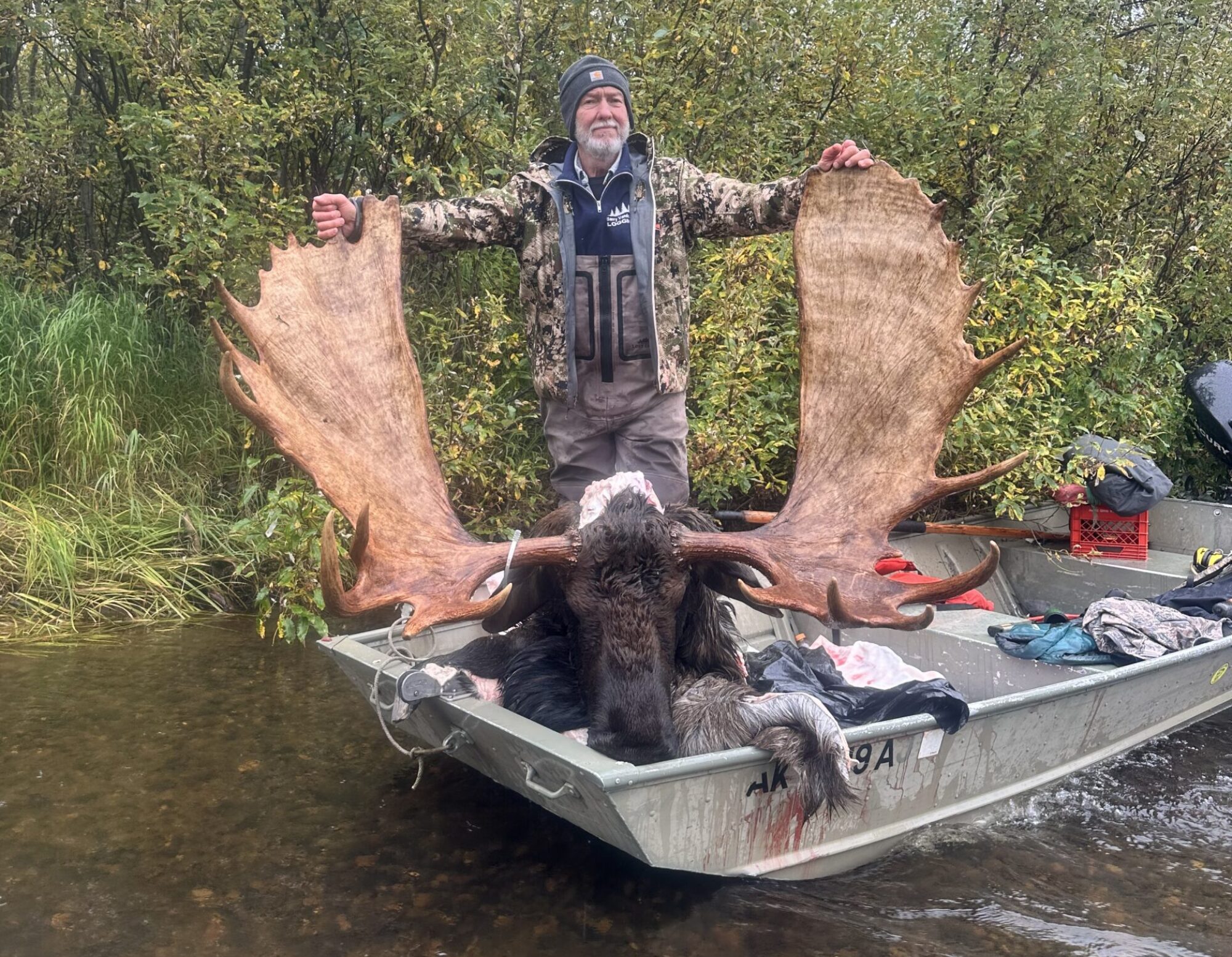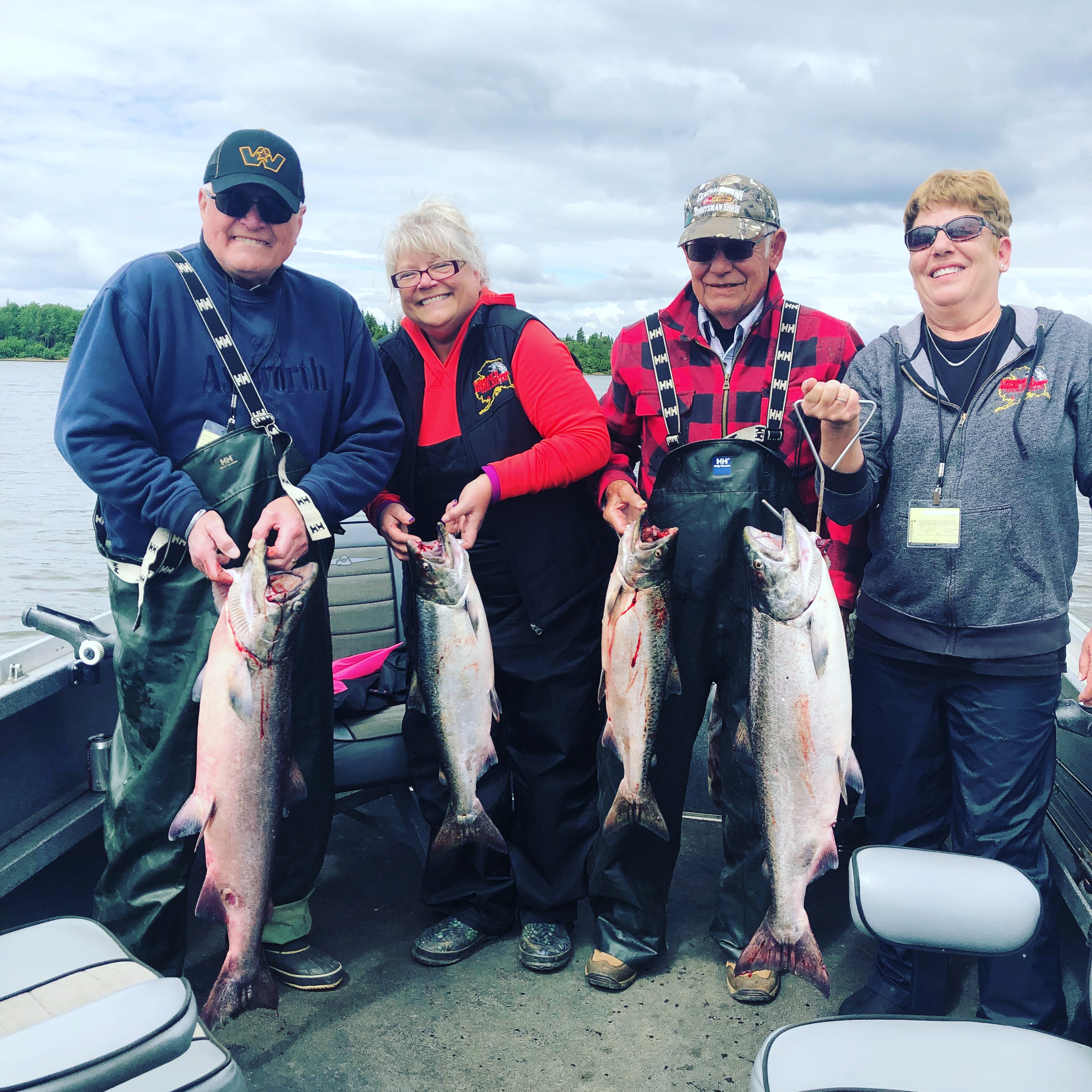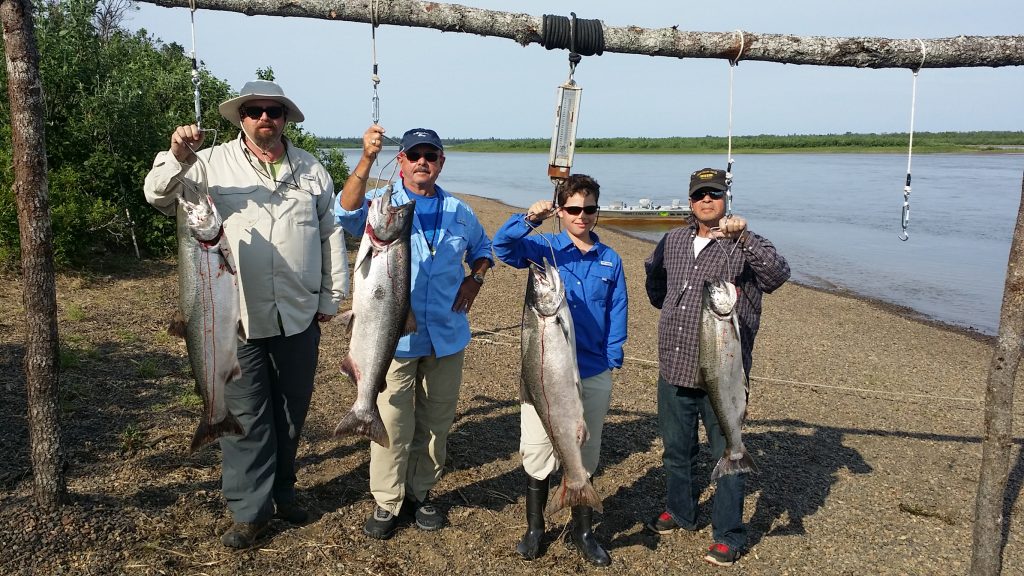Booking your Alaska Salmon fishing adventure
In part one of the this two part blog, we talked about selecting your target Salmon species. In part 2, we are going to look at, picking your accommodations, your guide, and or your camp.
Now that we have selected your specie(s) you’re going to target, let’s pick a lodge, guide, or camp that will best suit you.
Lodges: Most lodges offer you a chance at catching multi species during your stay. Each day you can select from several species in which you want to target. The only downfall to this, is the price. Lodges that have their own airplanes, that fly you daily to the best fishing spots, typically cost in the $6000-$9000 a week range. With that extra cost you get some pretty amazing accommodations. Life at the lodge can be extremely comfortable and relaxing. If this sounds like something you’d be interested and can afford, this trip might be for you.
Guides: Typically, when fishing with a guide, you have already determined the river and species you want to target. In many cases however, anglers just go with the recommendation of the guide they have selected and meet him/her at a specified river and area. What do you look for in a guide, that will be best for you? This is a topic that could be written about, in several articles. When you select a guide, look for one that has experience fishing for the species of fish you want to target. This goes for anglers fishing at a lodge. Do the guides have experience guiding for your targeted species?
Experience is a key to selecting a guide, most guide businesses have years of experience under their belt. Simply searching websites and making a phone call or two, can help chose your guide that best matches your needs. Get references from the guide that you choose. This is one of the most overlooked steps, yet one of the most important, when booking a guided trip.
Camps: Fishing camps, allow you to be on the river for your stay. Lodges will fly you in and out daily, taking away a lot of prime fishing time. Guided trips are usually 7-8 hour trips, the rest of the time is spent in a hotel room waiting for the next days adventure. Staying at a fishing camp typically gives the angler more guided fishing time and a chance to bank fish after your day on the boat. Make sure of the accommodation when choosing a fishing camp on the river. Alaska weather can be tough at times and you’ll want to be comfortable during your stay. Waterproof tents, clothes drying tent, and food! Don’t forget the food, and get references!
Good luck on your next adventure in Alaska!




